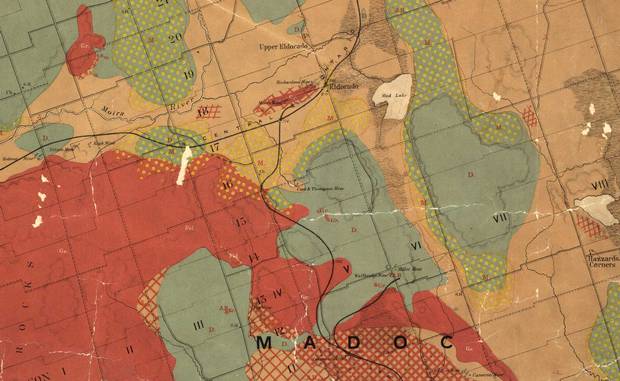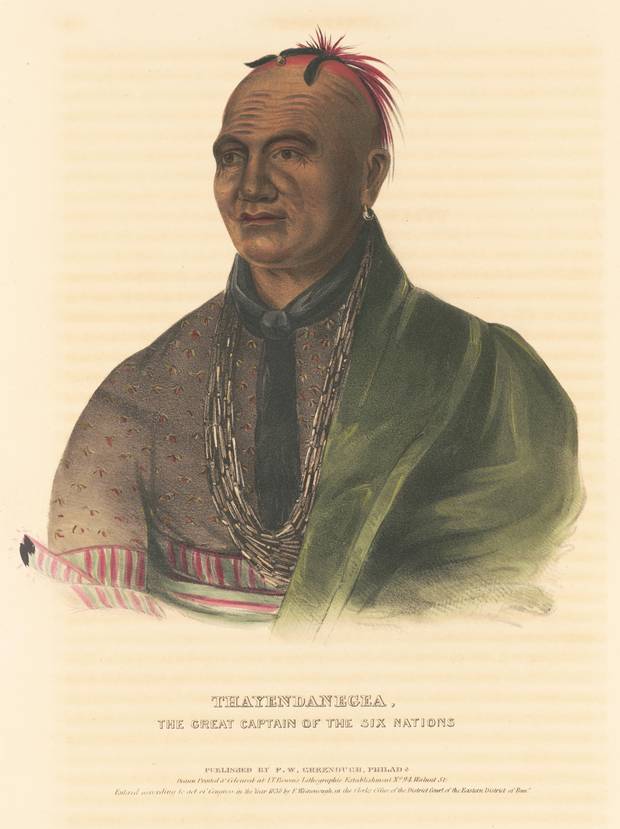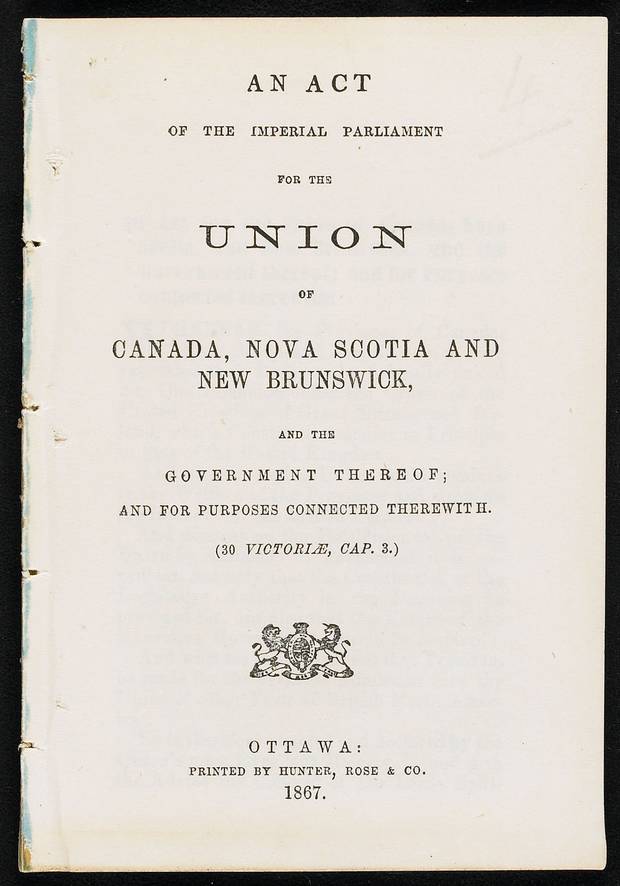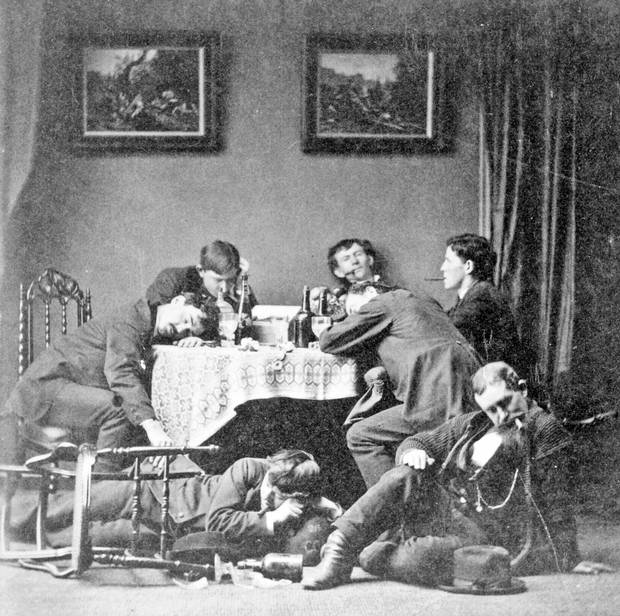Ontario's gold rush

Archives of Ontario.
Feb. 6, 1867 – The discovery of gold on John Richardson's farm in 1866 near Madoc, Ont., northwest of Kingston, prompted a gold rush in the region that was in full swing by 1867. In early February, The Globe described several gold finds in the area, one of them on "Mr. Martin's lot, adjoining Kellar's Bridge, about two miles north of the Richardson mine." The reporter had seen with his own eyes a sample from another site on the Bobcaygeon road, "proving beyond a doubt that gold really exists in the townships north of Lindsay." The story added a note of caution, because "scarcely a day passes but we hear of some fresh discovery having been made. As a general rule, however, the discoverers are very chary about imparting any particulars, lest they should lose the reward of their skill, labour, and patience." There wasn't actually much gold though, and within a few years the boom had fizzled. – Richard Blackwell
Brant's last child dies

Library of Congress
Feb. 13, 1867 – The death of Catherine John, the last surviving child of renowned war chief and diplomat Joseph Brant, prompted The Globe to wax eloquent about the Mohawk leader's legacy. Brant, whose indigenous name was Thayendanegea, had lived an illustrious life that saw him command First Nations troops on the side of the British in the U.S. Revolutionary War. He and his followers "continued true and fought to the last for the Crown," The Globe said. But Brant also worked tirelessly – although not entirely successfully – to unite indigenous nations and try to preserve their land. He did negotiate the huge land grant to the Mohawks along the banks of the Grand River in Ontario. As for his daughter, The Globe described her as "tall, handsome – even in her old age – and of queenly bearing." She was to be buried "close to the tomb of her valiant father." – Richard Blackwell
Canada's name is set

Library and Archives Canada
Feb. 20, 1867 – In the early weeks of 1867, the final details of the British North America Act that was to forge a new country were negotiated by delegates in London. The Globe reported with excitement that "the name of the new confederation is to be CANADA! Upper Canada is to be styled the Province of Ontario; Lower Canada is to be called QUEBEC; and the other provinces are to retain their present designations. We fancy this is as good a selection as could have been made." Still, the paper was leery of some last-minute changes, including a move to put fisheries and penitentiaries under federal control. The system of federal transfers to the provinces was also deemed unfair – a refrain that still echoes 150 years later. The proposed federal grants were "totally irrational and most unjust to Upper Canada," The Globe declared. – Richard Blackwell
Liquor riot in London, Ont.

Library of Congress
Feb. 27, 1867 – Efforts to curtail the sale of liquor were not always met with wide public acceptance in 1867. At the end of February in London, Ont., a mob attacked an undercover detective who was digging up information on "illicit grog-sellers." He was clubbed and stoned, said The Globe, which expressed its disgust at the actions of the perpetrators. "Of the character of the individuals who were engaged in the noble enterprise of pelting with eggs and stones the object of their aversion, little need be said. We may be assured that the vilest elements of the population of the city were in full force." But the mob also likely included some upstanding citizens "who at other times are not roughs, pimps or bullies." The outrage in London was a reminder that Canada could also experience the "riotous proceedings of mobs" seen in U.S. cities, the newspaper said. – Richard Blackwell
